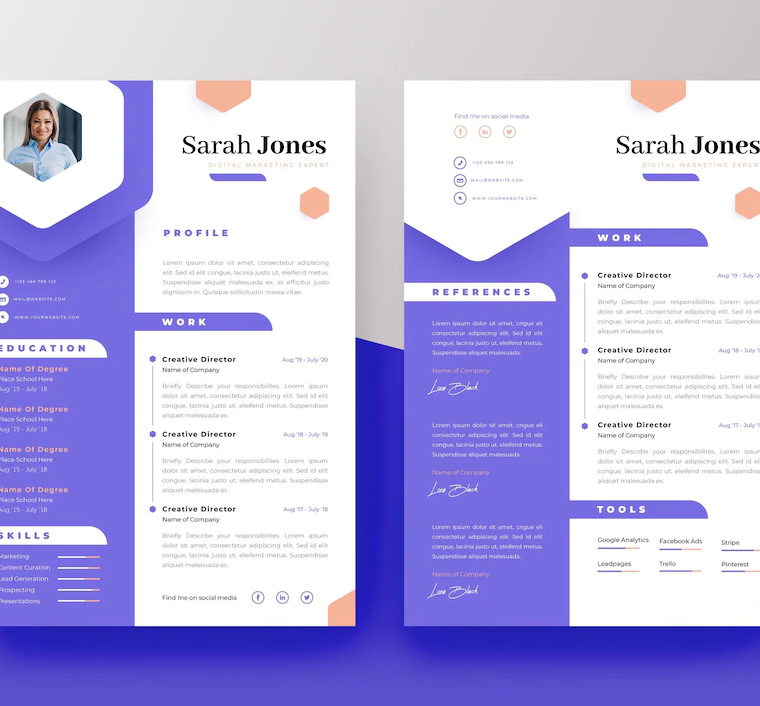By Pastor Abraham Ekebafe
District Superintendent, New Covenant District, Itire DCC, Lagos
Tailor your resume and cover letter for each position you apply to, highlighting relevant skills and experiences. Ensure that your documents are error-free, well-structured, and professional in appearance.
Header: Begin your resume with a header that includes your full name, contact information (phone number and email address), and optionally, your LinkedIn profile or personal website.
Professional Summary/Objective: Write a brief, concise statement highlighting your professional background, skills, and career goals. Tailor this section to match the specific job or industry to which you are applying.
Skills: Include a dedicated section to showcase your relevant skills. List both hard skills (technical proficiencies) and soft skills (personal qualities). Use bullet points for clarity and mention skills that are most applicable to the job you are targeting.
Work Experience: List your previous work experiences in reverse chronological order (starting with the most recent). For each position, include the company name, job title, employment dates, and a concise description of your responsibilities and achievements. Use action verbs and quantify your accomplishments whenever possible.
Education: Provide details about your educational background, including the institutions you attended, degrees earned, and dates of graduation. Include any relevant certifications or courses as well.
Projects and Achievements: If you have notable projects, research, publications, or awards, create a separate section to highlight them. Include brief descriptions and emphasize the skills and outcomes associated with each.
Additional Sections: Depending on your circumstances, you may include additional sections like professional memberships, volunteer work, languages, or relevant hobbies. These sections can help showcase your well-roundedness and unique qualifications.
Formatting Tips:
- Use a clean, professional font (e.g., Arial, Calibri) and maintain consistency throughout the document.
- Utilize bullet points, headings, and subheadings to make your resume easy to scan.
- Keep your resume concise and limit it to one or two pages.
- Use a consistent format for dates, job titles, and other details.
- Proofread carefully to eliminate any errors or typos.
Tailor for each job application: Customize your resume for each position you apply to, highlighting the most relevant skills and experiences. This will demonstrate your fit for the specific role.
Get feedback: Ask a trusted friend, mentor, or professional to review your resume and provide feedback. They can offer valuable suggestions for improvement.
Remember, your resume is a marketing tool that should effectively showcase your qualifications and make a positive impression on potential employers. Good luck with creating your excellent resume!



